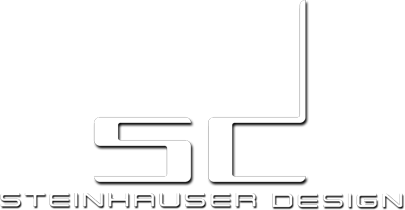OUR PROCESS

Research + Strategy
Determining a clear objective and setting that in place for the project is a crucial first step in creating a product that has purpose and creates desire from the target consumer. There are many factors that go into this initial step which are contributed to by performing thorough market research of the various trends and offerings.

2D Ideation
To begin the design process, we start by rapidly sketching various ideas and concepts. This allows us to put everything down on paper and determine which is the best direction, both visually and functionally for the project.

2D Digital Refinement
A couple of the initial design theme directions are chosen to further develop and refine using the latest in 2D digital visualization software. Overall surface treatment and key design features are explored at this stage.

3D Scan + Reverse Engineer
By utilizing state-of-the-art portable 3D scanners, we’re able to quickly and efficiently scan the vehicle or area of interest. This data is then reverse engineered as a highly accurate and usable 3D model for development of our all new product design.

3D CAD Surfacing
Bringing the 2D design into 3-dimensions is a pivotal stage of the design process. We pride ourselves in our capabilities to successfully translate the original concept or design intent into a production ready 3D CAD model.

3D Visualizations
Communicating visually what the final product will look like before any investment is made into tooling and production. Photo-realistic 3D renderings are created to explore the design, illustrating potential materials and finishes.

Prototyping
Bringing the design to life. 3D printing, fabricating and assembling the digital CAD model. This initial prototype is used for verifying proper fitment and the overall design. Any adjustments needed are made to the CAD file and prototyped for final design approval.

Production Tooling
Five axis CNC machines create a fully detailed and precise tooling pattern from a high density material. The pattern is finished, coated and scanned to ensure it matches the original 3D CAD model. Pre-preg molds are created off of the pattern and prepped for creating production parts.

Final Production Parts
Pre-preg carbon fiber (or fiberglass) material is carefully laid up inside of the molds and cured at a very high temperature in a controlled environment, called an autoclave. This manufacturing process and material yields the most consistent parts from both a structural and aesthetic standpoint.




